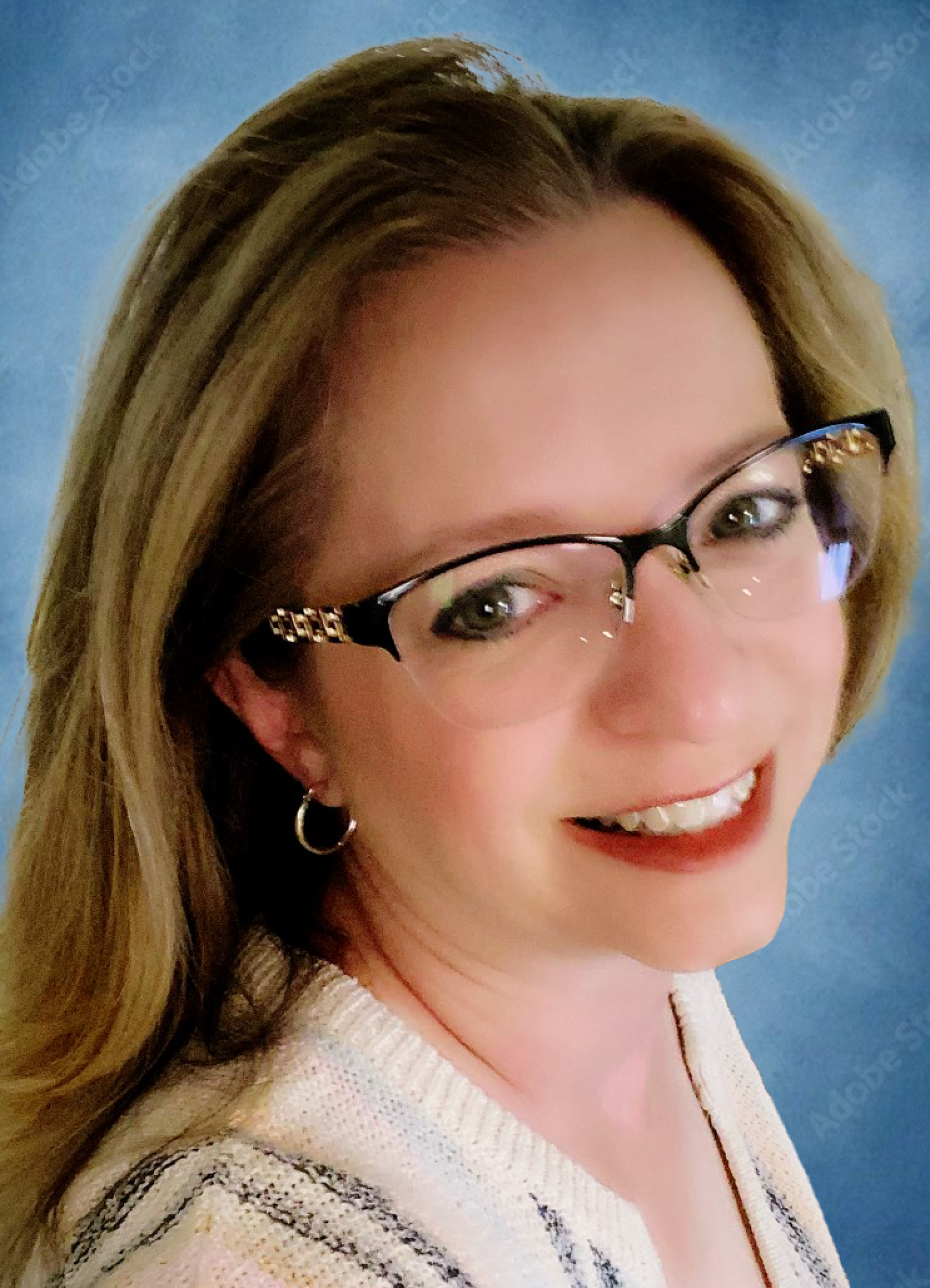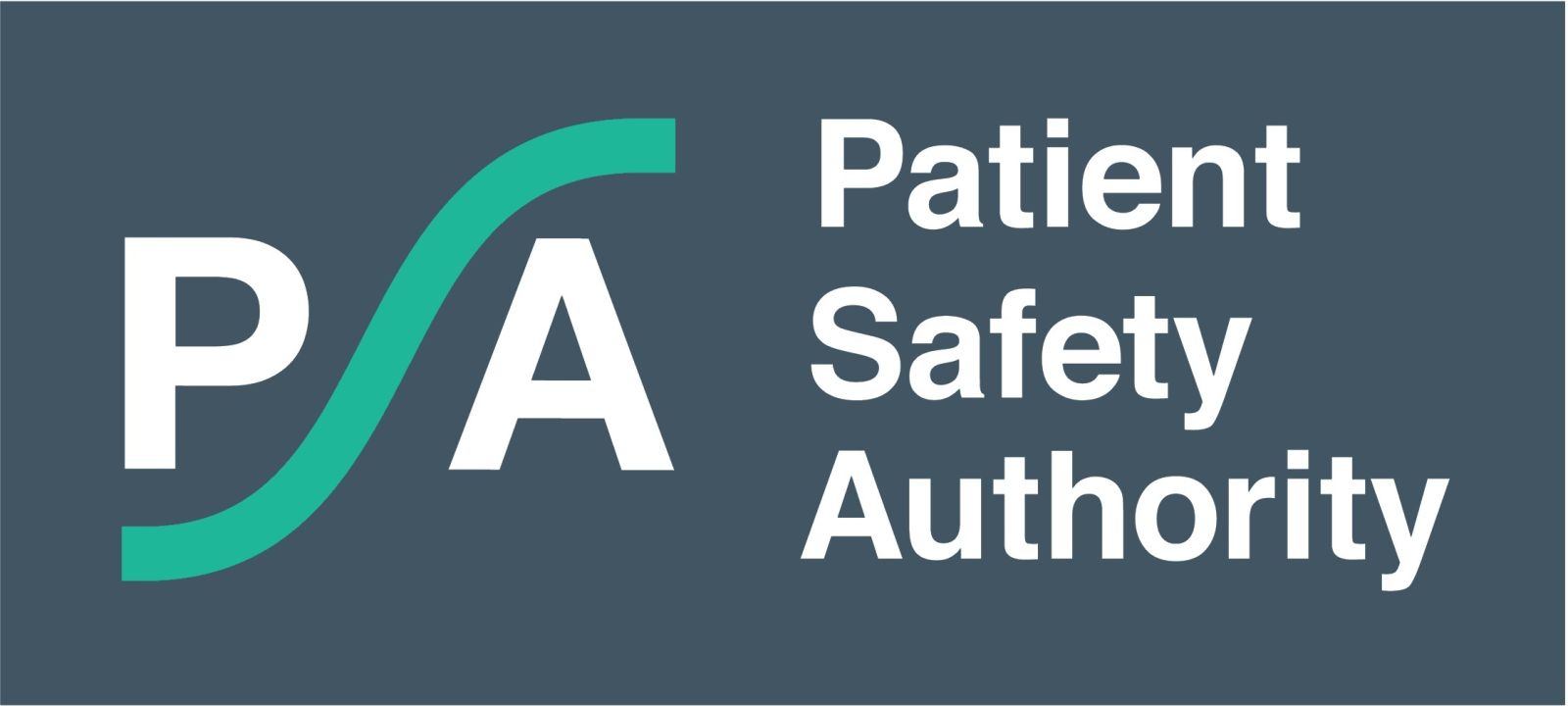Q&A: Regina Hoffman on Pennsylvania’s Patient Safety Authority

Like the Betsy Lehman Center, the Patient Safety Authority is a non-regulatory state agency in Pennsylvania mandated to improve the safety of the health care system through data analysis, education and support. Regina Hoffman, M.B.A., R.N., has been Executive Director of the Authority since 2016. She spoke with Patient Safety Beat about how the PSA leverages its extensive data to engage with patients, health care workers and facilities around safety.
Patient Safety Beat: The PSA collects a wealth of data on patient safety events, including near misses. How is the data analyzed and used to improve patient safety practice?
Regina Hoffman: Pennsylvania hospitals, ambulatory surgery facilities, abortion facilities and birthing centers are required to report patient safety events to the authority. Our Pennsylvania Patient Safety Reporting System receives approximately 300,000 reports each year. Today, that system contains data from more than 5 million reports.
The system includes data on events ranging from serious patient harm requiring additional health care services to events where minor harm required first aid, to near misses and circumstances with potential to cause harm. In addition, long-term care facilities are required to report health care-associated infections to us.
What do we do with all that data? Each week, our clinical team reviews all reports that describe a death or major injury, which account for approximately 2% of events. We may follow up on those reports directly with the health care facility involved, request additional information as needed and recommend steps they can take to reduce harm in the future.
The events that result in significant harm are also reported to the Pennsylvania Department of Health, which is responsible for ensuring that our facilities meet all state regulations. The PSA is charged with analysis and advisement. That separation between the regulator and the advisor is a critical aspect of the legislation that describes our role.

Our Data Science & Research Team analyzes all data, including the near misses and events that do not cause serious harm, looking for emerging trends and completes a deeper analysis on notable events. We share what we learn through educational programs, a monthly newsletter and an open-access journal, Patient Safety. For issues that are unusual or need quick attention, we send a Safety Alert to all patient safety officers in Pennsylvania and to our general mailing list. In 2023 alone, we issued 15 publications based on our data analysis.
Patient Safety Beat: What emerging patient safety concerns are you monitoring closely, and how is the Patient Safety Authority preparing providers to address these issues?
Regina Hoffman: Our team is always watching for unusual patterns in the data — early indicators, if you will — that prompt us to take a deeper look. In reality, most events are familiar: medication errors, misdiagnosis, complications related to procedures and so on. It's the cause that might be different.
The key is to have good data, which comes from detailed, accurate reporting from facilities. The quality of that data reflects the ability of patient safety professionals and other leaders to perform high-quality investigations to uncover underlying factors, especially those they may not have seen before.
Our Outreach & Education Team just completed a 12-month initiative designed to help facilities perform thorough event investigations. We want to help them dig into the “why” behind events, which will improve the data we receive.
Patient Safety Beat: What concerns do you have related to emerging technologies in health care and how they may be impacting patient safety?
Advances in medicine don’t matter if no one is coordinating care, truly assessing the patient, and communicating effectively with all members of the team.
Regina Hoffman: While we continually monitor our data for patient safety issues related to emerging technologies, I am most concerned about getting back to the basics of patient care. Advances in medicine don’t matter if no one is coordinating care, truly assessing the patient and communicating effectively with all members of the team. While the use of new technology is at an all-time high, communication may be more fractured than ever.
I saw this firsthand when my husband was hospitalized recently with stage IV cancer. I saw a general lack of continuity in care, and on the day of his scheduled surgery, I sensed confusion and detected a potentially serious medication error. I had a difficult time convincing the nurse that there was a problem and resorted to calling the surgical team myself to get it straightened out. I wish I could say that this was an isolated incident, but I’ve talked to many people who are having similar experiences across the country. We need to get back to basics, and the current environment makes that difficult.
Patient Safety Beat: We hope you and your husband are doing well.
Regina Hoffman: Thank you. He’s holding his own at this point.
Patient Safety Beat: How do you engage and educate providers, from frontline staff to executives, about their role in creating a safer health care system?
Regina Hoffman: We forge strong connections through our Patient Safety Advisors, who were originally called “liaisons.” The new name recognizes the crucial role these experienced professionals play in supporting and advising health care facilities. We currently have eight advisors — patient safety professionals with leadership experience — who oversee 70 or 80 facilities each.
The advisors plan and execute many of our education initiatives, but fundamentally, their job is to support the facilities in whatever way they need. By request, they offer hospitals expert consultation and coaching to assist safety improvement efforts. If a hospital has a question about whether something should be reported or not, the advisor can help. If a health care facility needs a customized education program for a specific issue, they can request that from their advisor. Our advisors also help facilitate discussions, for example, between health care facilities and the Pennsylvania Department of Health.
We also engage patients and families. With their input, we recently developed The Patient’s Companion, a pocket guide designed to help bridge gaps in communication. The guide, related posters and other resources are available for free download on our website.
We also use our journal to reach executives, frontline staff and others. We aim to maintain a balance of research articles, interviews, perspective pieces and quality improvement initiatives to engage with a wide variety of readers. In addition to being open access for readers, we do not charge authors publication fees. Because we publish the journal ourselves, we control the cost, as well as the content.
In an extra effort to engage workers on the frontline, we offer writing workshops for individuals and teams who want to report on their quality improvement initiatives. There is so much to learn from the good work being done, but staff members leading these QI initiatives may not have experience writing for publication. We can step in and help.
Patient Safety Beat: Does the PSA ever coordinate efforts with the Betsy Lehman Center or other state agencies?
Regina Hoffman: The role of state-based agencies is to lead and support health care facilities to make patient care safer. How we go about that differs from state to state. The laws, funding and priorities vary. And in some states, patient safety at the governmental level is nonexistent. In Pennsylvania and Massachusetts, where patient safety was made a priority through regulation, our goals are very similar, but our methods of doing things are somewhat distinct.
We're often able to work together to move forward. Someone from the Betsy Lehman Center may, for example, call or email me asking about something we're seeing in our data, and we can provide that information.
I currently serve on the Center’s Advisory Committee for the automated adverse event reporting pilot, which allows me to share my expertise and provides the PSA with insight and new ideas to advance patient safety in Pennsylvania.
Patient Safety Beat: In what ways does your agency promote a stronger safety culture in health care?
Regina Hoffman: Culture is foundational to patient safety. We have been working directly with hospitals for about 15 years on this issue, and we’ll never stop. Culture isn’t something that you can just “fix.” It gets better, and then things happen, like the pandemic, and it gets worse. It’s a constant merry-go-round.
Recognizing that it’s hard to maintain a perfect culture of safety, we have ways to help. Our advisors often provide patient safety officers with one-on-one guidance. It’s not just the staff who may need some help speaking up in their own organizations. Sometimes it's the patient safety professionals who need some coaching and support to find their voice.
We also offer providers and staff a way to anonymously follow up on patient safety reports. If someone has reported an event to their institution and is concerned that nothing's been done, they can submit an anonymous report to us. We then will work with the hospital in a non-regulatory role. What did the investigation show? What action steps should the hospital take? Is there something we can provide? We try to help individuals and facilities work through these kinds of situations.
In the National Action Plan to Advance Patient Safety, the number one recommendation under culture is “Ensure safety as a core value.” But how do you do that? You place patient safety on the agenda throughout the organization and commit to transparency. You complete root cause analysis, not to comply with a regulation or standard, but to truly understand what happened. You share those lessons widely so the harm doesn’t happen again.
An equally important recommendation in the national plan is to commit resources to patient safety. You can’t say something is important but cut it from the budget. If there’s no money for it, then it’s not a priority.